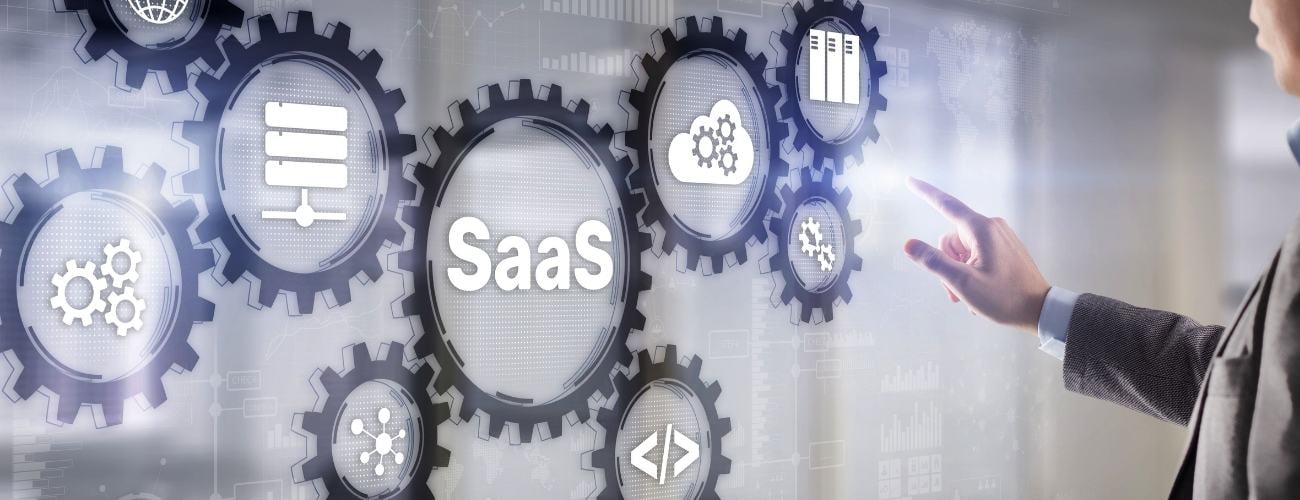SaaS services, or Software as a Service, are solutions that provide access to software and applications over the Internet, bypassing the need for physical software installation. These services typically operate on a subscription model.
Sales readiness and support
Configuration and quote management
Incentive and compensation management



